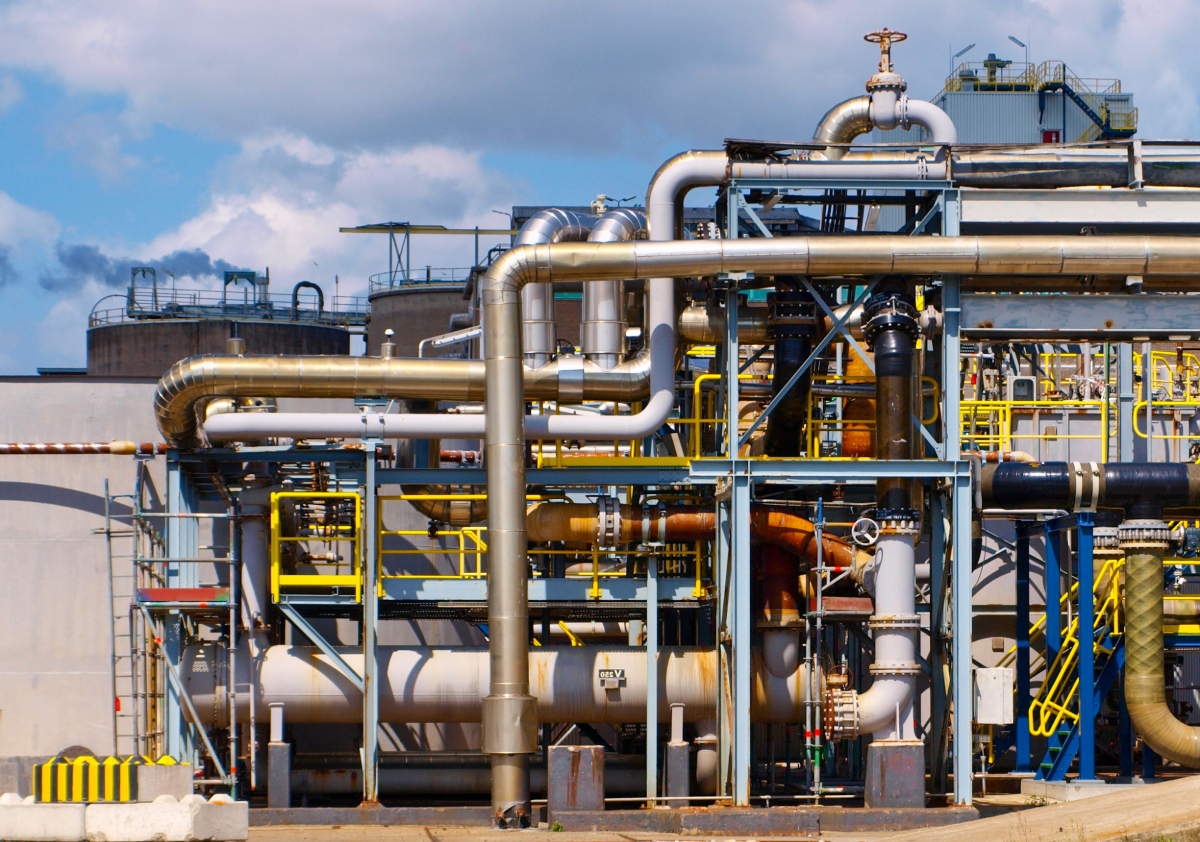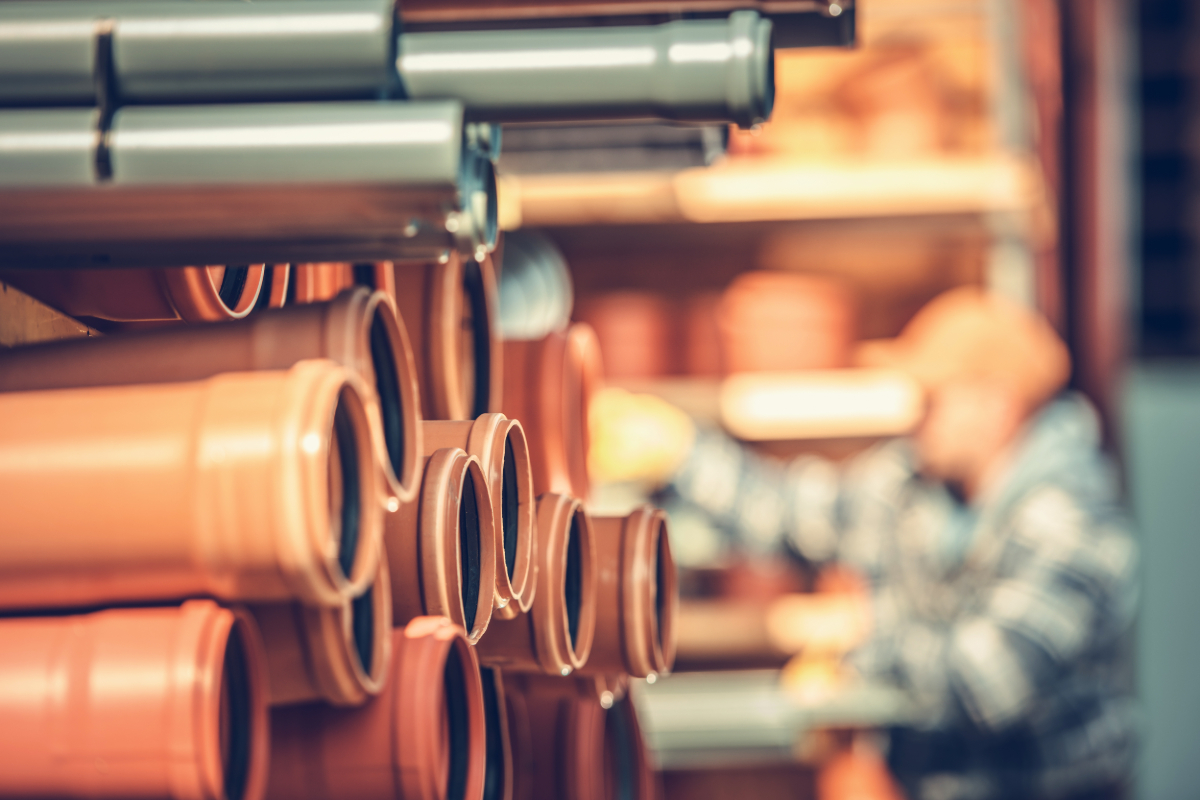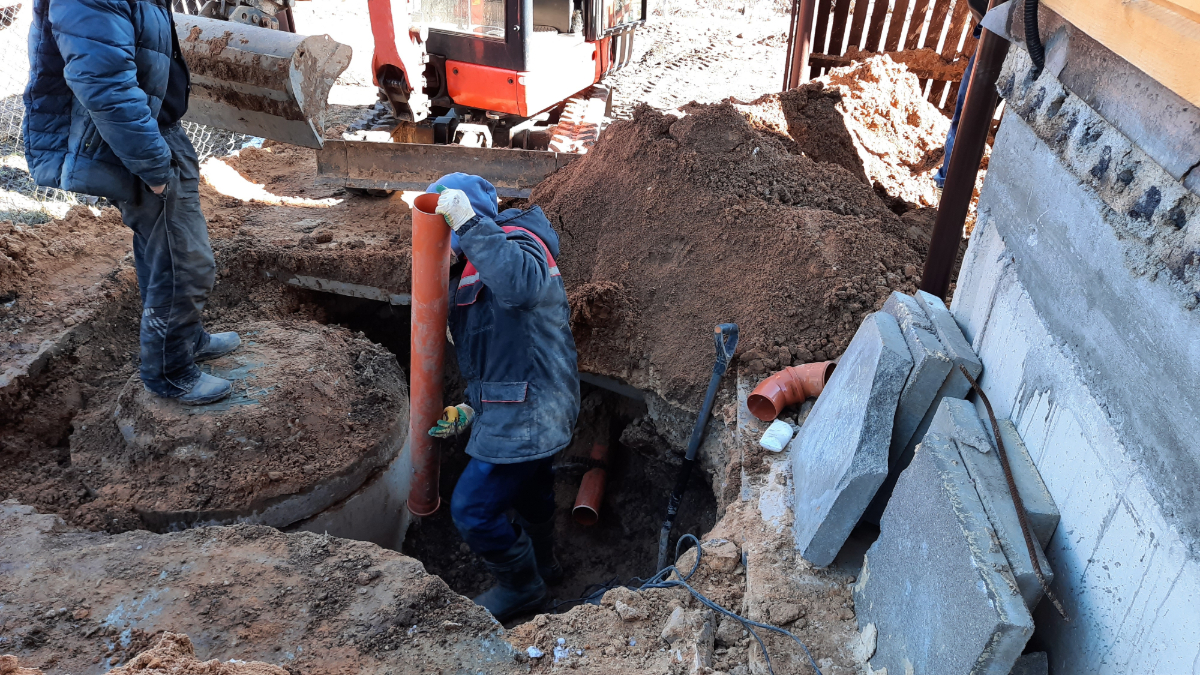
Choosing the Right Material: Metal Piping vs Plastic Piping
What should I consider when choosing between metal piping vs plastic piping?
- Types of pipes available
- Benefits of metal and plastic piping
- Drawbacks of metal and plastic piping
- Possible applications
When planning your next plumbing, construction, or industrial project, you need to evaluate the various types of pipe that you could potentially use for your job. In most cases, the choice comes down to two main types: metal piping vs. plastic piping.
Depending on what your project goals are, and what application you need to fulfill, the kind of pipe you need will change. In this article, we take a look at the different factors you need to take into consideration when picking between metal piping vs. plastic piping, which can help you finalize your decision.
Types of Pipes Available
When it comes to metal pipes, there are many different kinds out there. These are some of the most utilized metal products used in the transportation, construction, and manufacturing industry.
Steel
Steel pipes are some of the more widely used metal pipes. The most common grade of steel used for pipes is grade 304, but many others are also used. They’re lightweight, non-magnetic, can be hardened using cold working methods, and have strong resistance to many environmental and chemical factors.
Black Iron and Steel
They are not galvanized and are protected by a coating made out of iron oxide, giving them the characteristic dark color. Black steel pipes are more malleable and made from different metals from black iron pipes, and are suitable for different applications.
Galvanized Steel and Iron
Galvanized steel and iron are metals protected by zinc coating, which enhances physical properties such as rust resistance and durability. They’re usually less costly than regular steel pipes.
Aside from metal pipes, plastic pipes are also a common material in various plumbing, architectural, and related applications. Generally speaking, three plastic pipe varieties are used:
PVC
One of the more familiar kinds of plastic pipes, PVC, also known as polyvinyl chloride, is a low-cost, common option for water transfer. They’re generally easy to install, lightweight, and have several joining methods available.
PEX
PEX pipes, which are also called cross-linked polyethylene, are used in water transfer. They can be color-coded so that plumbers and technicians can identify hot and cold lines.
CPVC
They are a different form of PVC pipes, with the C at the beginning of its name indicating that the pipes are infused with chlorine. This additional material adds to the physical properties of this plastic pipe.
Benefits of Metal and Plastic Piping

The chief advantage of using metal piping is its durability. They’re high strength, capable of withstanding extreme temperatures, pressure, resistant to shock, corrosion, vibrations, and other forms of damage.
Another benefit is that metal pipes are ductile, meaning they tend to bend rather than crack or break under pressure. This lessens the possibility of spillage or leakage of materials transported by the pipe.
Metal pipes generally also have low weight and easy machinability — which means they’re easy to work with. Manufacturers have no problem creating, customizing, and installing metal pipes. This ease of manufacturing also allows them to quickly create replacement parts when needed. Thus, it is easy to find or customize pipes to your job’s requirements.
One of the biggest benefits is that plastic is generally also easy to work with. They’re easy to mold, cut, and form into the shapes and sizes you need. This lessens the amount of work needed to make and install them.
Plastic pipes are also non-reactive, which means that they don’t react when in contact with dissimilar materials (unlike some metals). They’re also very corrosion resistant, as the plastics used in piping are specially formulated to meet the demands of a specific piping system.
Plastic pipes generally have low heat conductivity, meaning they can maintain the temperature of the material inside without creating condensation as some uninsulated metal pipes do.
Drawbacks of Metal and Plastic Piping
Despite their many advantages, metal pipes can come with a few drawbacks. First: they have shorter lifespans than plastic pipes. However, they can last for more than 50 years if maintained well, so this isn’t often a huge problem.
Secondly, they are more susceptible to rust and corrosion than plastic, especially when carrying water. This is simply due to their nature — but with the right insulation and protective coating, this issue can be avoided.
Plastic pipes also have their fair share of disadvantages. They’re susceptible to warping when exposed to fluctuating temperatures. And, while easy to customize, you may find that plastic pipe sizes (particularly for PVC) can be limited. This is because fittings used to connect PVC pipes can be bulky, which can be difficult to adjust for in tight spaces.
There are also possible safety concerns when transporting water in residential buildings. PEX pipes can potentially contaminate water, giving it a weird smell and taste.
Lastly, most plastic pipes are not suitable for outdoor applications. When exposed to UV, they can become damaged through radiation, which leaches plastic into the transported material.
Possible Applications

Metal pipes can be used in transporting a variety of materials, from drinking water to gas, to high-pressure steam. This makes them suitable for transport, manufacturing, and industrial purposes.
Metal pipes can also be used in construction. They’re great materials for roofing, overhead structures, tubular and lattice masts, scaffoldings, support, shelves, ladders, and more.
Plastic pipework is not generally used in construction. Instead, they are used to carry drinking water, wastewater, heating and cooling fluids, irrigation, compressed air, gases, chemicals, and other similar materials within a building.
Key Takeaway
As you can see, when it comes to metal piping vs plastic piping, each option has its advantages, disadvantages, and recommended applications to consider. Depending on what your project entails, there will be the right pipe material that will work for you and fulfill all your job needs.
Unsure on what to pick? If you’re considering metal pipes, then it’s best to speak to a professional metal pipe manufacturer — like Supreme Pipe. Send us a message here, and we will help you figure out which kind of metal pipes will work best for your project.


